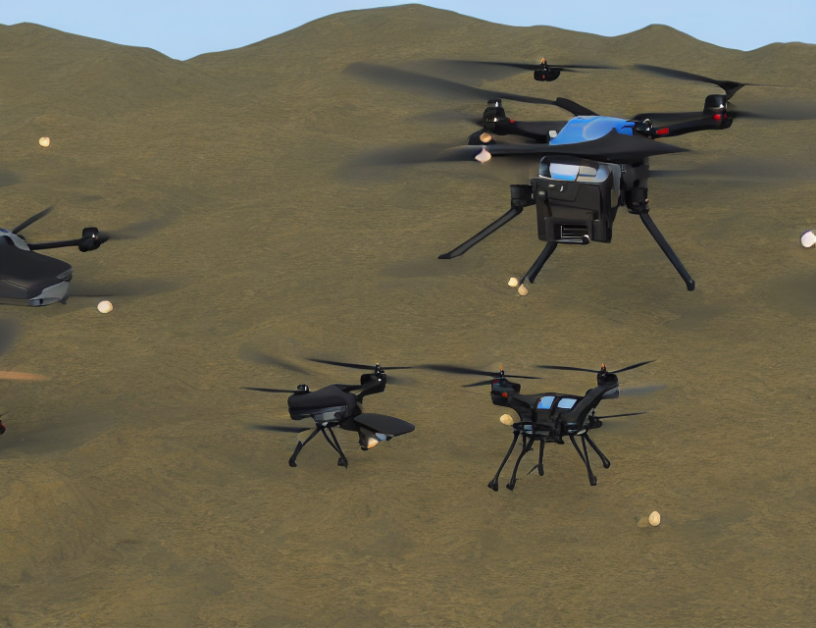In this article, we explore the use of nano-sized autonomous drones, or nano-drones, in exploring cluttered environments. These tiny drones are becoming increasingly popular due to their versatility and potential applications in various fields. The main challenge when using nano-drones is preventing collisions with objects in the environment, as well as between drones in the swarm.
To overcome these limitations, researchers have developed innovative solutions that utilize sensors, cameras, and machine learning algorithms to detect obstacles and navigate safely. These systems rely on information gathered through Time-of-Flight (ToF) technology, which measures the distance between objects using laser light. By leveraging ToF data, swarming nano-drones can avoid collisions while exploring their surroundings with minimal resources.
One of the most promising approaches to collision avoidance is through the use of a "Sniffy Bug" swarm, developed by researchers at Delft University of Technology. This system utilizes a network of tiny gas-seeking quadcopters that work together to navigate cluttered environments while avoiding collisions. Each drone carries a small camera and sensor suite, which enables the swarm to detect objects and navigate around them.
Another innovative solution is the "Tiny-Pulp-Dronet" system, developed by researchers at the University of California, Berkeley. This system integrates neural networks with ToF technology to enable nano-drones to perform multiple tasks simultaneously while avoiding collisions. By squeezing neural networks onto tiny chips, the system enables faster and more efficient processing, allowing the drones to navigate complex environments with minimal computational overhead.
Overall, these innovative solutions demonstrate the potential of nano-drone swarms for autonomous exploration in various environments. As technology continues to advance, we can expect to see even more sophisticated systems that enable these tiny drones to explore and navigate complex spaces with greater precision and safety. By leveraging cutting-edge sensors and machine learning algorithms, researchers are unlocking the full potential of nano-drones, opening up new possibilities for applications in fields such as search and rescue, environmental monitoring, and beyond.
Nano-Drones’ Collision Avoidance Method Tested in Various Environments



